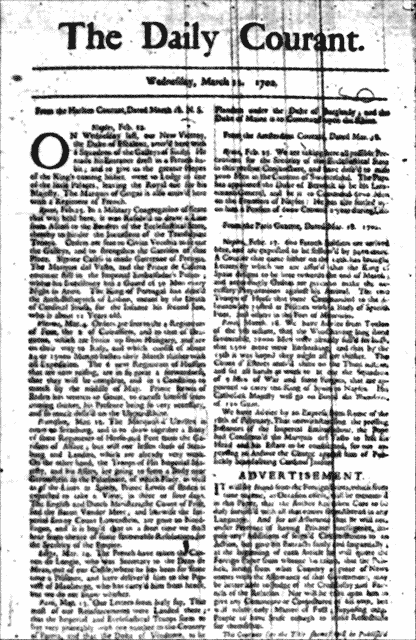Newspapers and Politics in the 18th century
‘Have the authors of a two-penny weekly journal, a right to make a national inquiry'? 18th-century governments thought not and neither did the newspapers’ readers of the time.

Between 1690 and 1780 the number of newspapers printed annually in England rose from less than a million to fourteen million, a growth far in excess of that of the population. The period was the most dramatic in the history of the English press, with the creation of new forms - daily Sunday and provincial papers - and a greatly increased freedom of the press, after the lapsing of the Licensing Act in 1695. The relationship between the growth of the press and the political system of the period is crucial to our understanding of English society in the eighteenth century. This article considers this problem and aims to encourage people to read the papers of the period, which are often easily accessible.





